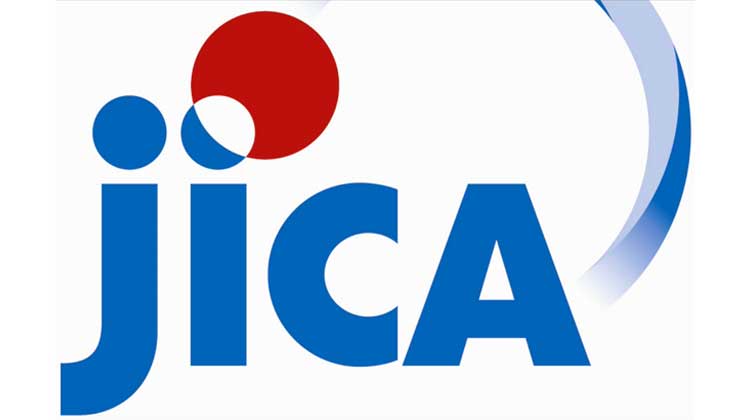
THE PHILIPPINES has secured a standby loan from Japan worth 50 billion yen (P23 billion) to add to the available funding for post-disaster resilience and public health emergencies.
Representatives from the two governments signed on Tuesday the second tranche of the Post-Disaster Standby Loan agreement governing the use of the standby funds, which are releasable once certain conditions are met.
Among the requirements for release are a declaration of a state of calamity or of a state of public health emergency; public health emergencies such as the coronavirus disease 2019 (COVID-19) pandemic; and the imposition of enhanced community quarantine, according to Finance Secretary Carlos G. Dominguez III.
Mr. Dominguez, representing the Philippine government, and Japan International Cooperation Agency (JICA) Chief Representative Eigo Azukizawa, signed the loan agreement.
Finance Undersecretary Mark Dennis Y.C. Joven said the funds will support post-pandemic programs that will boost the health sector and those crucial to economic recovery.
The loan is accessible in tranches within three years. The loan’s validity can be extended for another three years for up to four times, the Finance department said.
“Filipinos can count on Japan to remain responsive to the call of times as a true friend closer than a brother. What we have persistently built together during the time of Prime Minister Abe, we will continue to sustain under Japan’s new leadership. With the utmost support of everyone, we will bring Japan-Philippines partnership on to the next level,” Japanese Ambassador to Manila Koji Haneda said.
The loan bears a fixed interest rate of 0.01% and has a maturity period of 40 years, inclusive of a 10-year grace period.
Mr. Dominguez said the financial assistance will supplement funding for the COVID-19 containment effort. The government has raised $8.8 billion in foreign loans and grants as of late August for its pandemic response.
“Its availability assures us that we will have ample ammunition to support our budgetary needs in the event a crisis happens. This facility is an important element in our overall resilience,” he said.
The Philippines was the first country to avail of a loan under the post-disaster facility, which has been expanded to cover health-related disasters, according to JICA’s Mr. Azukizawa.
The first tranche of the scheme was agreed to in 2014 when Japan extended 50 billion yen in standby credit tapped for the typhoon Yolanda reconstruction effort, Mr. Joven said.
The Philippines in July obtained a 50-billion yen loan from JICA to fund its COVID-19 response.
Japan remains the country’s top source of official development assistance with outstanding grants and loans totaling $8.537 billion at the end of March, or 42.66% of the Philippines’ foreign-aid portfolio. — Beatrice M. Laforga
